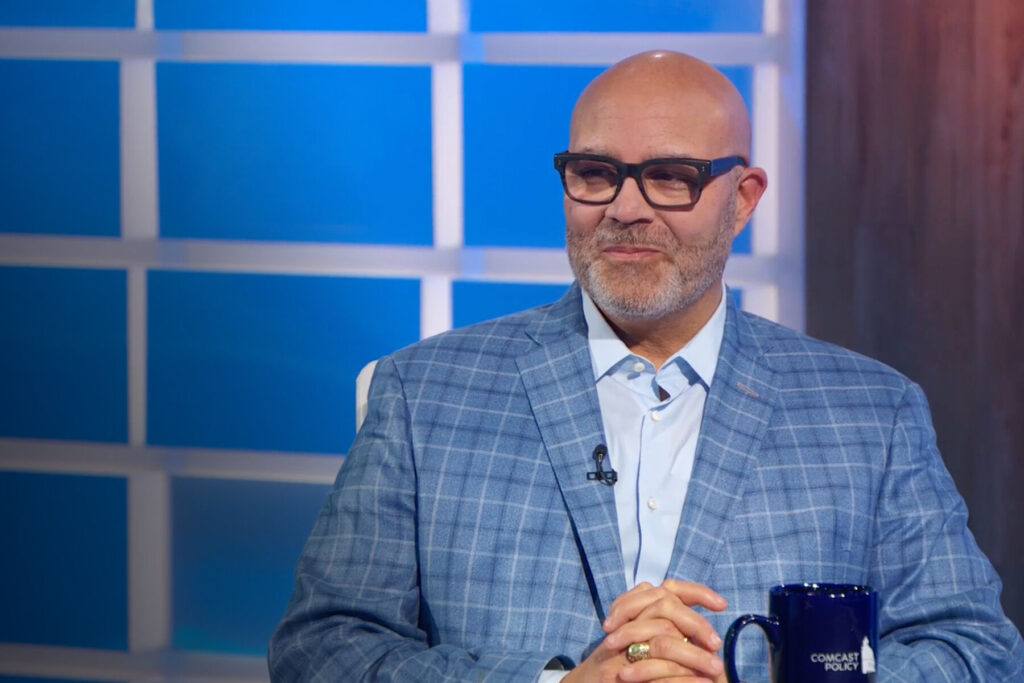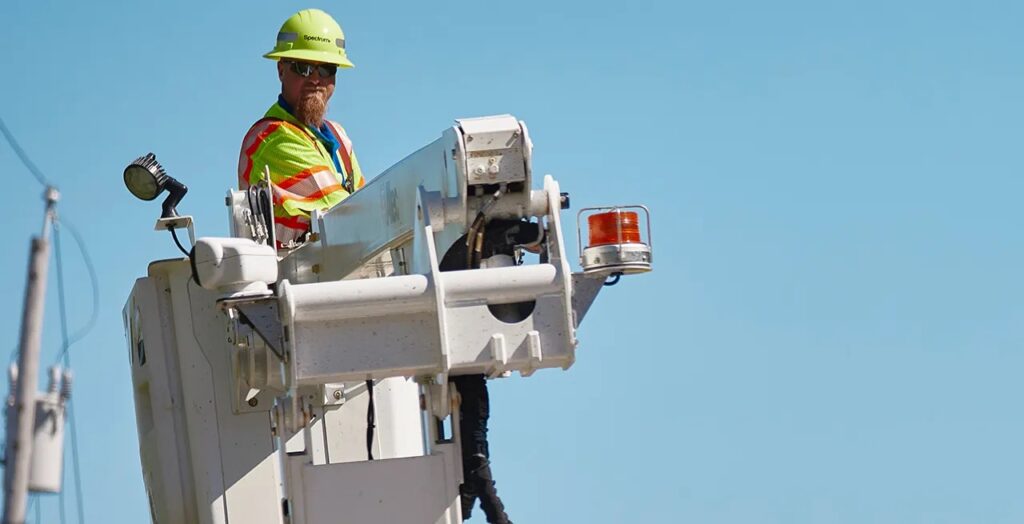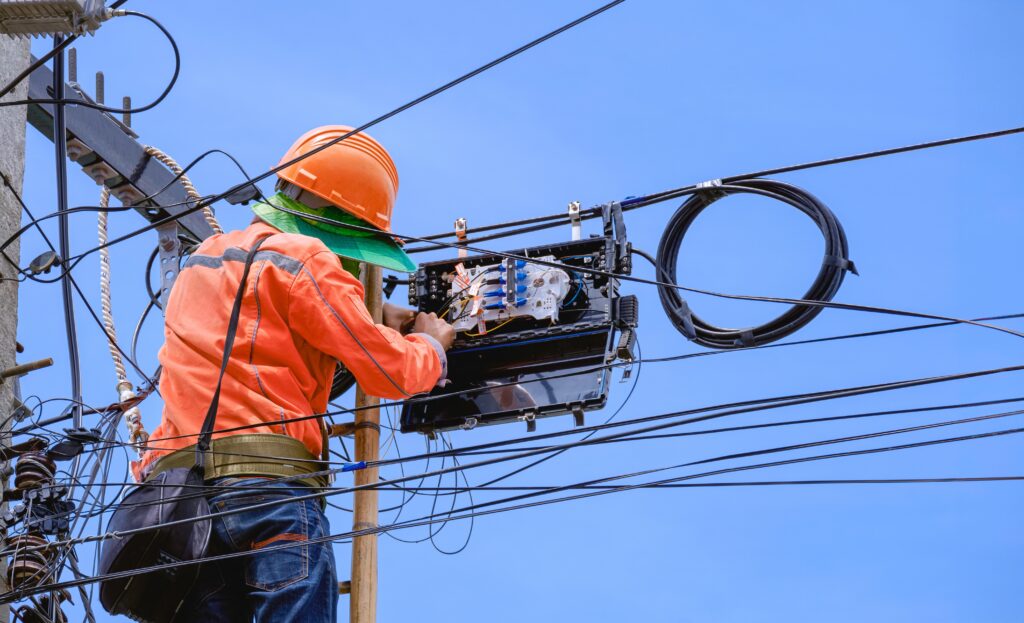President Trump was in Nashville, Tennessee this afternoon along with Secretary of Agriculture Sonny Perdue speaking to over 4500 farmers at the American Farm Bureau conference. There he announced the release of the Administration’s ‘Rural Prosperity Report’ that takes a fresh look at ways the federal government can support agriculture, economic development, job growth, infrastructure improvements, technological innovation, energy security, and quality of life in rural America. The report specifically calls out the role broadband plays in enabling increased productivity for farms, factories, forests, mining, and small businesses and how connectivity is fundamental for economic development, innovation, and workforce readiness.
As an industry that already offers broadband to 93 percent of US households, including millions in rural America, we fully support the Administration’s efforts to reduce barriers to investment in rural America. We especially agree with focusing on continuing the significant improvement that has been made in recent years connecting the disparate communities that currently are not served.
America’s cable ISPs have decades of experience connecting rural America, and are continuing in their commitment to bring 21st century connectivity in rural communities. For example:
- Mediacom, the first major U.S. cable company to fully transition to the latest generation of broadband technology, is bringing gigabit broadband services to virtually all of the 3 million homes and businesses within its 22-state footprint.
- Midco has announced that it is offering its Xstream Gig service to both residential and business customers in places like Bemidji, MN; Williston, ND and Mitchell and Huron, Watertown and Yankton, SD, among many other communities.
- Vyve Broadband, serving largely non-urban communities in Oklahoma, Texas, Arkansas, Kansas, Louisiana, Tennessee, Georgia and Wyoming is continuing to invest upgrading and expanding internet capabilities for their customers.
- In Alaska, across some of the toughest terrain our country can offer, GCI has built TERRA, a high-speed internet network specifically designed to reach far-flung native Alaskan communities.
- In northwestern Minnesota, Sjoberg’s, a small family-owned business, is a leader in offering its communities the benefits of high-speed connections, including low-cost internet offerings for families with school-aged children.
Across the country, cable ISPs see new promise in bringing the benefits of broadband to the communities they serve, large and small, rural and urban. And in doing so, making a positive economic impact on the lives and livelihoods of citizens in every single corner of America.
Of course, we recognize that building broadband in rural America often requires overcoming economic challenges in parts of our county with low population densities. While private sector investment will always lead the way in advancing and upgrading broadband networks, we know that the hardest-to-reach regions are often best served when businesses and government work together. As recently as last spring, we laid out several tangible steps to accomplish this with our Blueprint for Internet Infrastructure Success.
In keeping with this focus, the FCC’s recent decision to remove the persistent regulatory overhang of Title II internet regulation marks another important way that the Administration is removing regulatory impediments that deter the employment of private investment in rural communities. This action encourages internet companies (especially small ISPs in rural regions) to invest more money to expand and improve their networks, without the fear of government micromanagement. Increased investment not only brings improved connectivity, but more good-paying jobs to the communities that need them most.
Again, we commend the President and Administration for dedicating efforts to renewing America’s commitment to ubiquitous connectivity and offering new tools to improve economic prosperity in rural America. Our industry will continue to do our part to connect more Americans and we stand ready to leverage our extensive experience to help develop actionable strategies that will bring the internet to every corner of America.









